<!–*/ */ /*–>*/
| 10 things you (maybe) didn’t know about GM’s EV1 |
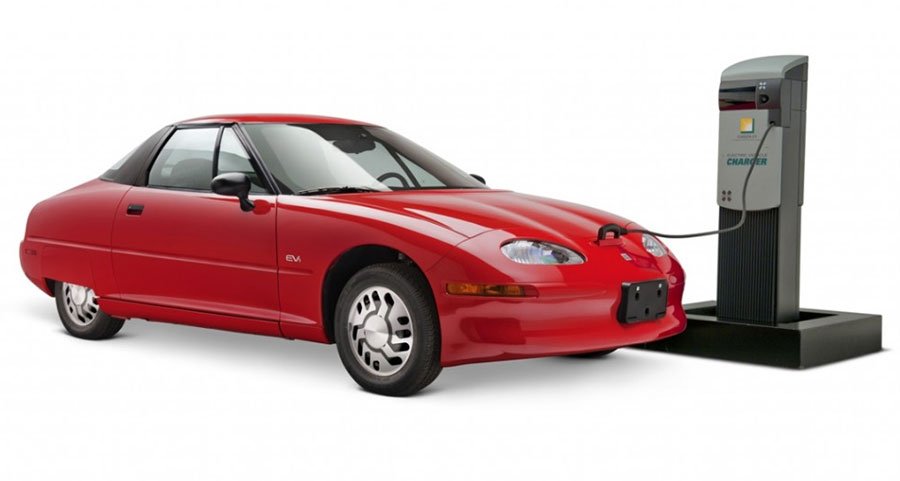
This spring marks 25 years since General Motors built its first EV1. In a 13-page section in Monday’s issue, we’ll put a spotlight on the groundbreaking electric car and its role in shaping the automaker’s charge into an all-electric future. Here are 10 things you may not have known about the short-lived two-seater:
1. The lead-acid battery pack in the early EV1 accounted for nearly 40 percent of the car’s weight.
2. About 40 engineers on the original EV1 team still work for GM.
3. Not all the cars ended up crushed or in museums. GM has a functional EV1 at its Global Technical Center in Warren, Mich. There’s even a dedicated engineer who keeps the car running.
4. Some early planning took place in the basement of a church near the Tech Center. Team members referred to their gatherings as “come-to-Jesus meetings.”
5. The concept that preceded the EV1, the Impact, set a land speed record for an EV, hitting 183 mph on March 11, 1994, on a Texas track.
6. Lonely teardrop? Many pundits say that if the EV1 had a more conventional shape and more interior room, it would have had greater consumer appeal.
7. The EV1 had company. Honda also had a purpose-built EV, the 1997 EV Plus, a four-seat hatchback. Only 340 units were leased before Honda replaced it in 1999 with the first-generation Insight gasoline-electric hybrid.
8. The title of that controversial film about the end of the EV1 program, “Who Killed the Electric Car?” was inspired by the 1988 film “Who Framed Roger Rabbit?”
9. It would take about 15 hours to charge an EV1 to 100 percent on a 110-volt charger.
10. Among the EV1 artifacts in the Smithsonian is a baseball cap donated by GM engineer Steve Tarnowsky.
 |
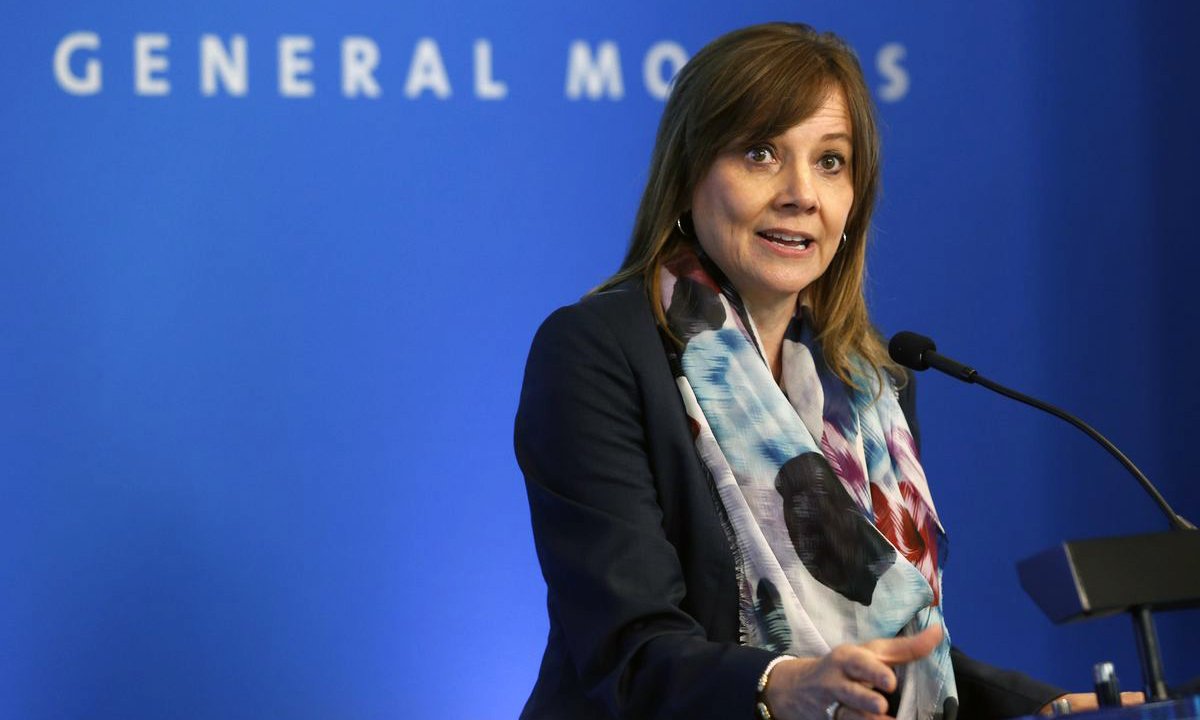
“We are calling on Michigan lawmakers and state legislatures across the nation to ensure that any changes to voting laws result in protecting and enhancing the most precious element of democracy — the right for all eligible voters to have their voices included in a fair, free, and equitable manner. Anything less falls short of our inclusion and social justice goals.” |
– GENERAL MOTORS CEO MARY BARRA |
|
From “Detroit 3 execs join voting rights debate in Michigan” |
 |
Coming Monday in Automotive News:
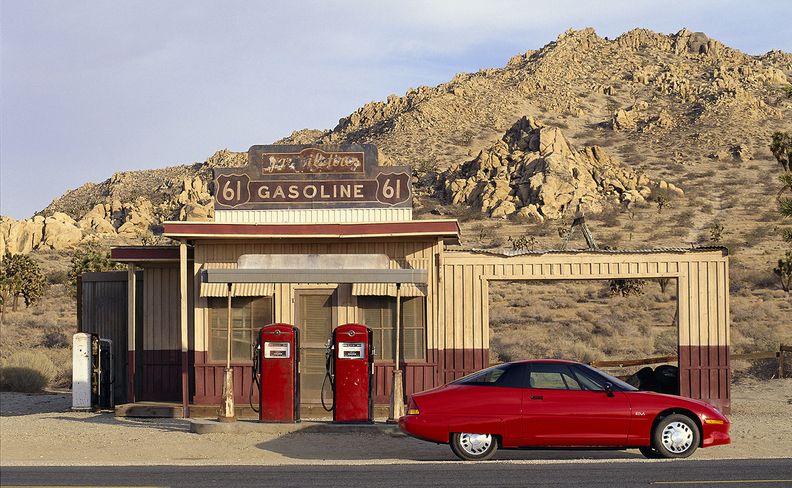
GM’s journey to its first built-from-the-ground-up EV: The automaker kicked off the modern age of electric vehicles when it rolled out the EV1 in 1996. But building a fast, capable electric vehicle wasn’t the hard part. The challenge was producing it at a low cost with a range practical for the average consumer’s commute. For the EV1’s 25th anniversary, Automotive News talks to the people who were there in the early planning stages about the car, why General Motors decided to go electric and the vehicle’s impact on EVs to come.
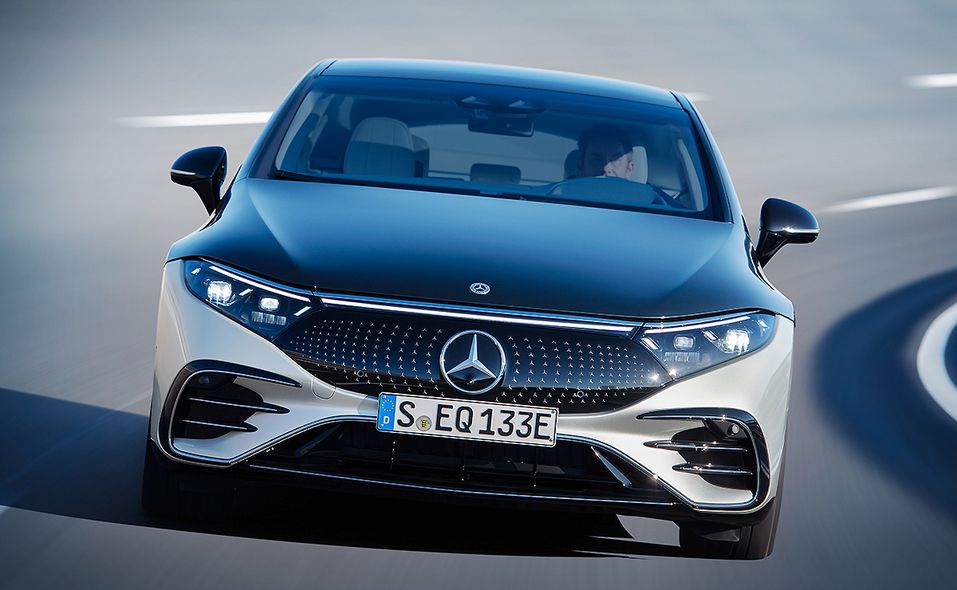
Mercedes tries to slow Tesla’s momentum: The German automaker is bringing its battery-electric EQS sedan to the U.S. this fall in hopes of challenging the world EV leader. The EQS will arrive as Tesla fortifies its flagship Model S, setting the stage for a brawl for the top end of the EV market. Automotive News explores whether the EQS positions Mercedes to be competitive in the EV segment.
Weekend headlines
VW adds 3-row ID6 crossover to EV family: The VW ID6 unveiled at the Shanghai auto show will go on sale in China first, but it is likely to be eventually added to the automaker’s U.S. lineup and built on its new EV line in Chattanooga.
 |
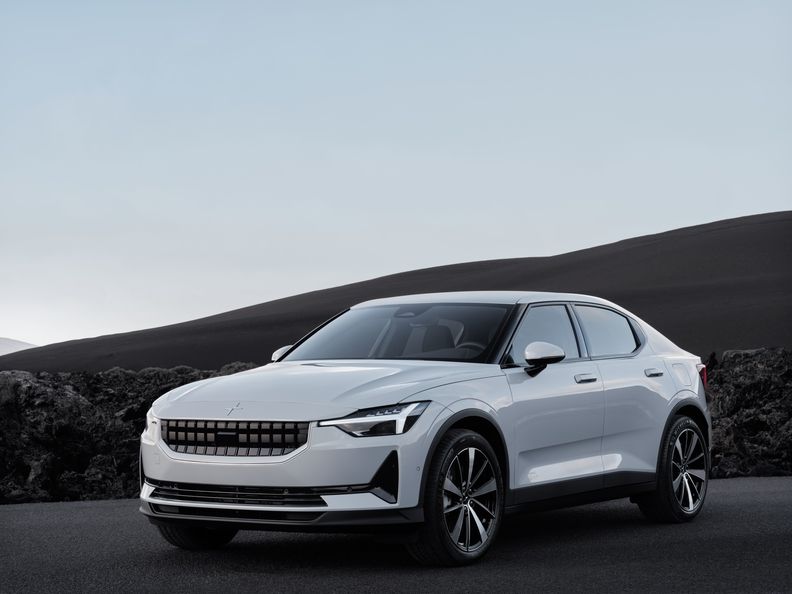
Polestar 2 family grows: Polestar, the Swedish electric vehicle maker, will introduce a single-motor version of its Polestar 2 fastback, slashing the entry price into the model lineup by about $10,000. It will start at about $50,000 including shipping but before federal and state incentives.
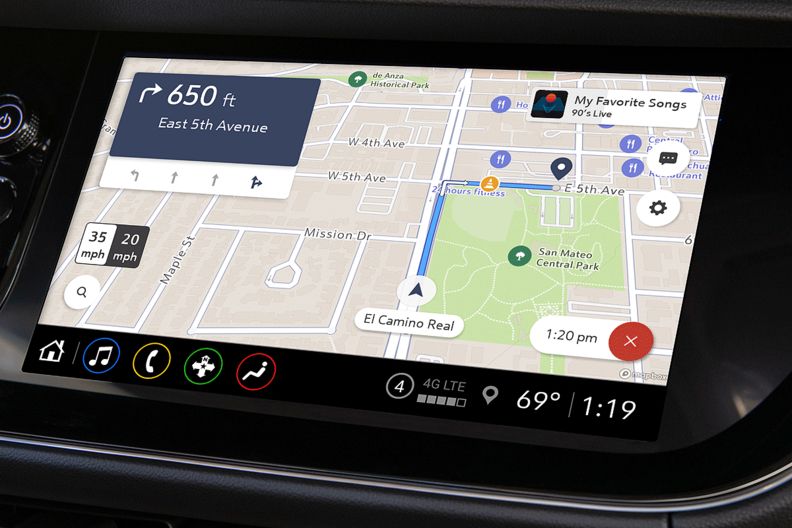
GM to upgrade navigation software: The automaker plans to roll out a more convenient in-vehicle navigation system this month for select 2018 model year and newer vehicles. Owners with Connected Services plans can download an over-the-air update to get the new Maps+ system.
<!–*/ */ /*–>*/
 |
|
|---|
 |
 |
A selection from Shift and Daily Drive:
 |
April 19, 2020: Hal “Tex” Earnhardt Jr. died at 89. He was a rodeo rider, high school dropout and a pump attendant at his family’s gas station who went on to create Earnhardt Auto Centers, a group of 23 dealerships representing 17 brands, in the Phoenix and Las Vegas markets. Including a cluster of service centers and body shops, Earnhardt employed 3,000 people at the time of his death. He wore cowboy boots and a cowboy hat as his daily attire. He entered the car business at age 20 when he borrowed the money to buy a Ford dealership in Chandler, Ariz. He would become known around the Southwest for his advertising tag line, “That ain’t no bull.”

